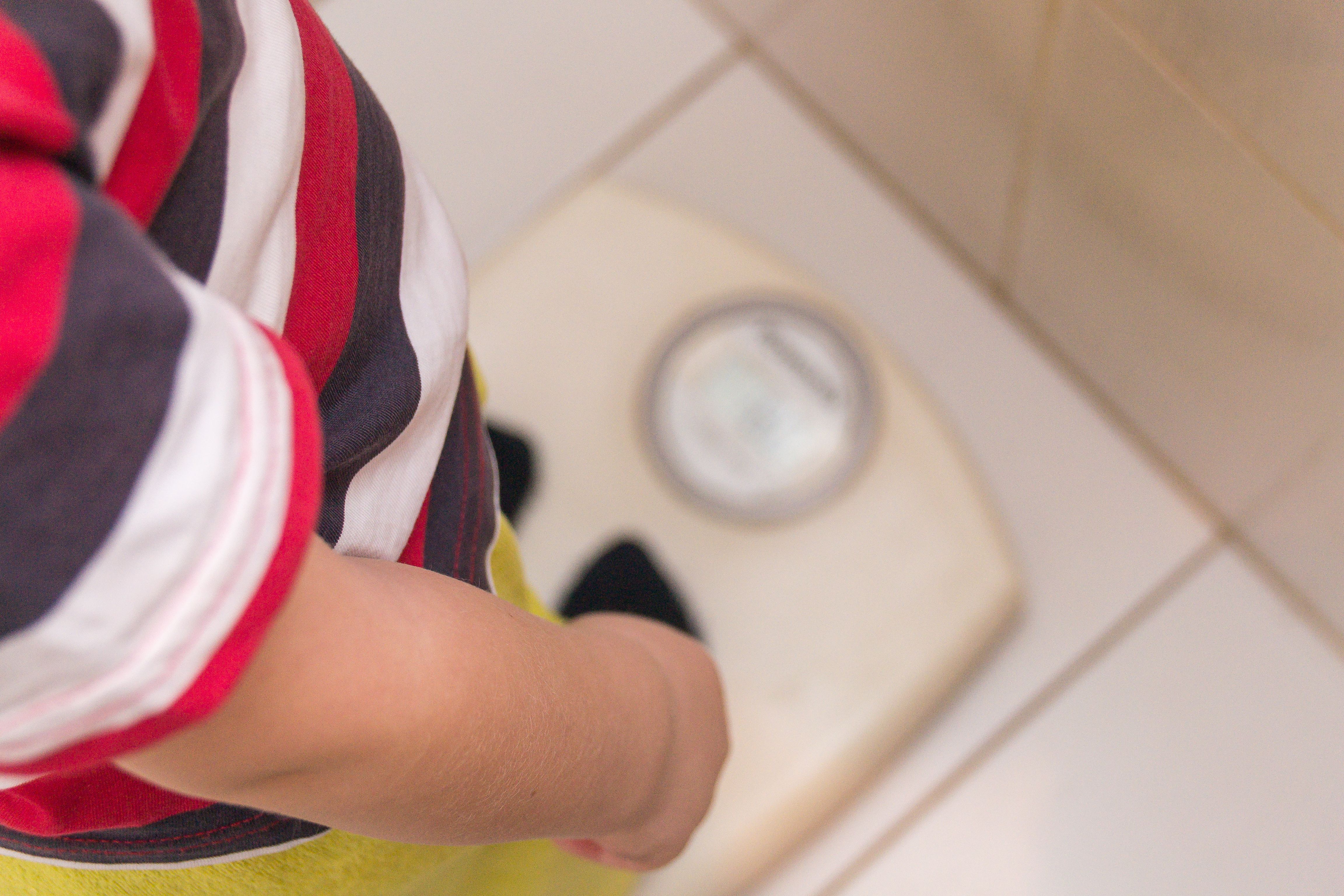News
Article
Study Data Show Telemedicine Endocrinology Care Not as Effective as In-Person Care
Author(s):
Patients who received telemedicine alone had worse glycemic control and less improvement in hemoglobin A1c levels.
Telemedicine grew as an accessible form of care for many in 2020; in particular, patients with type 2 diabetes (T2D) are now able to receive endocrinology care online and at-home. While telehealth endocrine care can be a good strategy for accessible care, a recent study found that telemedicine alone was not as effective in controlling glycemic outcomes compared to receiving in-person or mixed care.
“Patients with T2D who receive endocrinology care and have more complex care needs, including those who use insulin or have HbA1c above goal, may not be well served by telemedicine care alone as currently implemented,” study authors wrote in the article.
Previous randomized clinical trials have identified links between telehealth and better glycemic control. However, there is limited data on the use of telemedicine care in endocrinology setting following 2020, and authors suggest that more evidence is needed to understand the short- and long- term clinical outcomes of telehealth care on patient outcomes.
Image credit: Dglimages | stock.adobe.com

During this retrospective trial, researchers evaluated the patient characteristics associated with different forms of care. They also looked at the association between care type and glycemic control, and the impact of insulin use, comorbidities, or other factors on glycemic outcomes (glycemic outcomes were based on hemoglobin A1c [HbA1c] changes in 12 months). Researchers evaluated 3778 patients; 1182 used telemedicine alone, 1049 used in-person care, and 1547 patients received mixed care.
At 12 months, patients who received telemedicine care did not have a significant change in adjusted HbA1c (−0.06%; 95% CI, −0.26% to 0.14%; P = .55). Patients who received in-person care improved their HbA1c level by 0.37% (95% CI, 0.15% to 0.59%; P < .001) and patients who received mixed care observed an improvement of 0.22% (95% CI, 0.07% to 0.38%; P = .004).
Researchers also evaluated 12-month changes in HbA1c based on the number of insulin injections (or lack thereof) that were needed by patients. Among patients who received telemedicine alone, change in HbA1c was 0.25% higher (95% CI, 0.02% to 0.47%; P = .03) than change in HbA1c inpatients who received in-person care. Yet comorbidities were not linked to change in HbA1c, and telemedicine could be a good medium of care for patients with psychological comorbidities.
The primary telemedicine patient population included individuals who are younger, female, and live in an urban setting, along with patients who are Black or have a less complicated form of the disease.
Study limitations include having a cohort with imbalanced confounding baseline characteristics; having a cohort who are on at least 1 medication; completing the study in a single health system; having possibly incomplete data about HbA1c values; and having inconsistent long term follow up, rendering results as being solely exploratory.
Authors hypothesize that telehealth might have performed worse because the information and setting of an in-person appointment is not fully translated online, and the impact of this is that not all care elements may be communicated or delivered via telemedicine (ie, sharing home blood glucose data via download on care device).
Authors write that, “implementation of approaches to overcome these differences, such as team-based virtual care and technological tools to automate blood glucose data sharing, are needed to ensure all patients receive high-quality diabetes care regardless of care modality.”
Reference
Zupa MF, Vimalananda VG, Rothenberger SD, et al. Patterns of Telemedicine Use and Glycemic Outcomes of Endocrinology Care for Patients With Type 2 Diabetes. JAMA Netw Open. 2023;6(12):e2346305. doi:10.1001/jamanetworkopen.2023.46305
Newsletter
Stay informed on drug updates, treatment guidelines, and pharmacy practice trends—subscribe to Pharmacy Times for weekly clinical insights.





